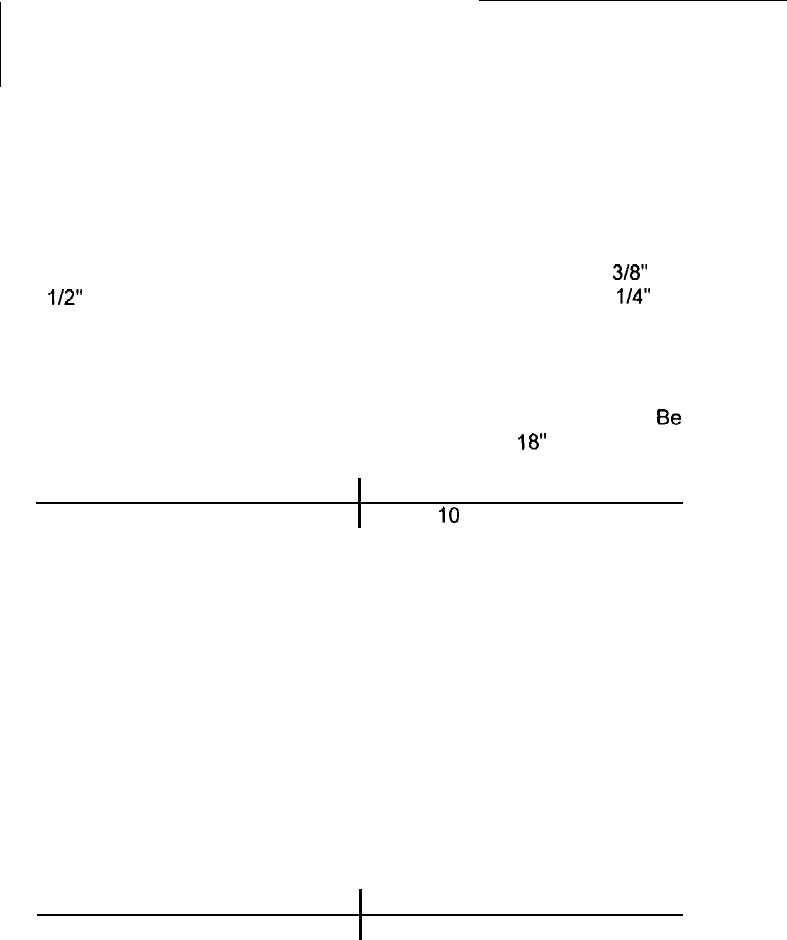
WIRING
You will need the following tools for the wiring of the amplifier:
.
Phillips or slotted screw driver
.
wire strippers
l
wire crimpers
When baring the wires for connection to the amplifier, remove
3/8”
to
l/2”
of the insulation. For the speaker leads, use the supplied
l/4”
insulated female crimp connectors and slide the connector onto the
terminal on the amplifier. One the power, ground, and remote
connections, loosen the screws on the terminal block, slide the bared
wire into the connector, and tighten the screw. Determine form the
chart below the minimum gauge power and ground wire required.
Be
sure to fuse the amplifier positive power lead within
18”
of the battery.
up to 10’
12 gauge or larger
up to 20’
IO
gauge or larger
A. Carefully run the audio and remote turn-on cables to the
amplifier.
B. Connect the speakers as shown in “Speaker Wiring
Configurations.” Use at least 16 gauge speaker wire, preferably a
flexible multi-strand cable, such as Soundstream Speaker 120 or
Speaker 160.
C. Carefully run the positive power cable from the battery to a
fuse or circuit breaker and then to the amplifier. Connect the lead
to the battery via either a fuse or a circuit breaker within 18 inches of
the battery, Leave the fuse out or the circuit breaker off until the
installation is otherwise finished. If the circuit breaker cannot be shut
off manually, do not make the final power connection to it. See below
for recommended fuse ratings to be used.
Amplifier Fuse
Battery Fuse/Circuit Breaker
25 amp automotive
30 amp
D. Run a ground cable for the amplifier and securely connect it to a
solid chassis ground on the vehicle. The ground cable should be the
same gauge as the power cable.
E. Double check each and every connection!











